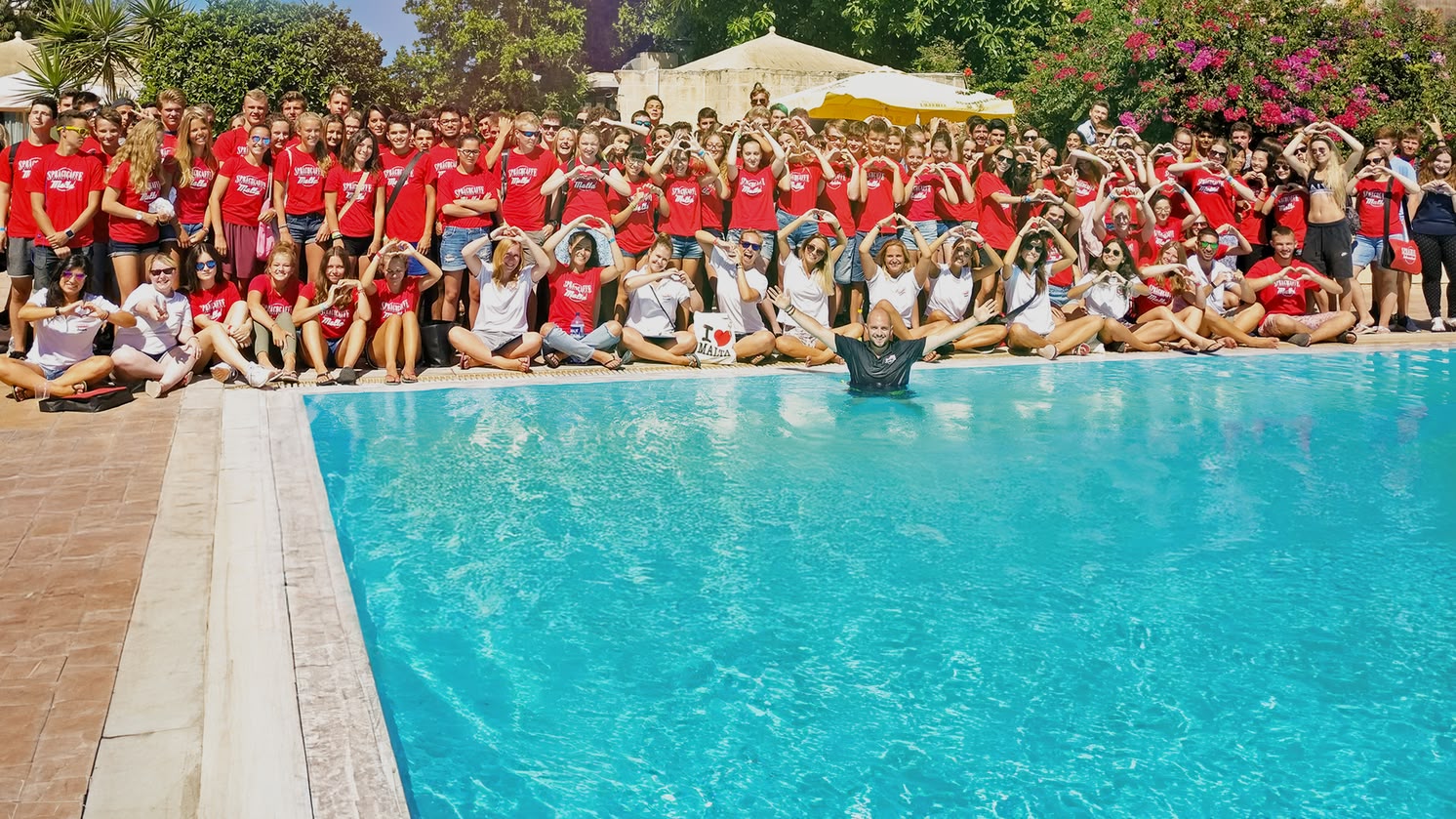Understanding the passé du subjonctif : Formation and implementation
Le passé du subjonctif or the past subjunctive is a verb tense used to express uncertain, desired or hypothetical actions in the past. It is usually used in subordinate sentences introduced by conjunctions such as "that", "so that", "before", "until", etc. It is generally used in a formal register of written and literary language, and is not very common in everyday spoken language.
» Usage of the passé du subjonctif
» Formation of the passé du subjonctif
Usage of the passé du subjonctif
Here are some common uses of the past subjunctive:
Regret or reproach in the past:
| Wish or desire in the past:
|
Assumption not realized in the past:
| Conditional action in the past:
|
Insistence or insistent request in the past:
|
It is important to note that the past tense of the subjunctive is generally used in a formal register of the language, in particular in the written language and in certain contexts specific to the oral. In addition, its use may vary depending on the French-speaking regions.
Formation of the passé du subjonctif
The formation of the past subjunctive is done by using the auxiliary "avoir" or "être" in the imperfect subjunctive, followed by the past participle of the main verb. Here are the typical conjugations to form the past subjunctive:
| With the auxiliary "avoir": | With the auxiliary "être": |
|
|
Examples:
| Examples:
|
It is important to note that some irregular verbs have particular forms in the past subjunctive, so it is necessary to learn them individually. Additionally, the past tense subjunctive is less commonly used in contemporary language, but remains present in formal written language and in specific contexts.
Improve your French with Sprachcaffe
Discover all options to learn French abroad












